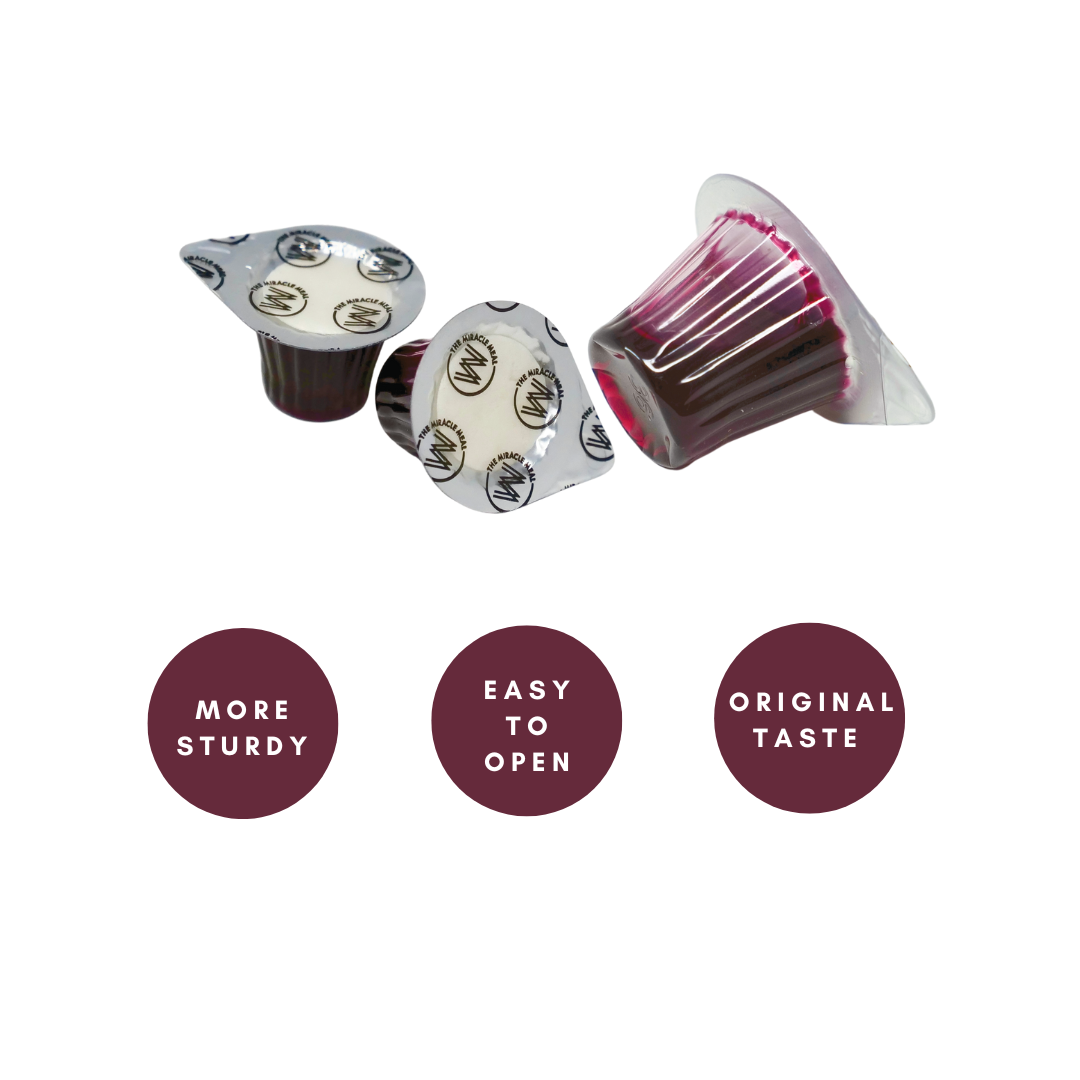What Is The Cup For Communion Called?
Communion is a sacred event for countless Christian denominations, often prompting questions about its elements, especially the small vessel used to serve the wine or juice. Many people wonder about its proper name and the role it plays in worship. For both newcomers and seasoned members, it can feel like a mysterious piece of the liturgical puzzle.
In the following article, we will explore the nomenclature, historical roots, and modern varieties of this important component in the Lord’s Supper. Whether you are part of a long-established tradition or simply curious about this symbolic practice, you’ll find helpful insights and meaningful perspectives here.
Understanding the Name and Purpose
For centuries, the container used to hold the wine or juice during Communion has been commonly referred to as the chalice in many liturgical churches. Sometimes fashioned from precious metals, it symbolizes the reverence and honor given to the blood of Christ. Over time, variations have emerged, reflecting cultural and theological nuances.
People often inquire about the term for the sacred vessel that holds the Eucharistic wine or grape juice, wondering if there’s a standard name that spans all denominations. While “chalice” remains prevalent, many congregations simply refer to it as a communion cup. Regardless of the label, it represents a tangible link to biblical traditions.
Many churchgoers wonder, “Is there an accepted title for the small cup used to distribute the fruit of the vine at the Lord’s Table?” In reality, church communities may adopt different vocabulary, but they share a common understanding of its sacred role. The essence lies not in the terminology itself, but in the spiritual meaning conveyed.
The Evolution of Communion Cups
In earlier centuries, large communal chalices were the norm in many services, emphasizing unity among believers. However, this practice gradually shifted as concerns about hygiene and convenience emerged. Congregations started dividing the wine or juice into smaller containers, giving rise to individual cups that addressed both health considerations and practical needs. Over time, these single-serving cups allowed congregants to partake in the Lord’s Supper without worry and contributed to a more streamlined experience.
Another question frequently arises: does the container used to share the Eucharistic elements have a uniform designation across all faith traditions? The straightforward answer is no. Historically, “chalice” might have been the principal term, but contemporary congregations often refer to the vessel simply as a “cup,” aligning terminology with evolving needs and practice styles. Ultimately, each community maintains its own convention while honoring the fundamental act of remembering Christ’s sacrifice.
As modern worship practices progress, the demand for pre-packaged cups has increased, particularly during times of heightened health concerns. Many believers appreciate the simplicity of sealed, disposable solutions, such as the kind offered by The Miracle Meal. These options feature a silent, easy-to-open design and require no extra preparation, delivering both practicality and reverence in equal measure.
Choosing the Right Option for Your Congregation
Selecting the best option for serving communion often depends on factors like tradition, convenience, and community preferences. Some churches value the use of a more formal chalice, especially in liturgical settings that place emphasis on longstanding customs. Others lean toward individual cups, which align with modern concerns about hygiene and personal comfort. In either case, the focus remains on the act of communion itself—coming together to remember and give thanks.
When deciding on a practical method to distribute the wine or juice, many faithful ask, “Which type of serving cup best suits our congregation’s needs?” Reusable glass cups ensure elegance but require washing and storage. On the other hand, disposable or recyclable plastic cups offer quick cleanup and fewer complications for events with large attendance.
For those aiming to balance tradition and practicality, pre-filled cups can be a worthy alternative. Products like The Miracle Meal cups demonstrate how these options incorporate meaningful elements, such as a one-year shelf life and a discreet seal that keeps the ritual reverent. With no preparation needed, they also help worshippers maintain focus on the sacred act.
Conclusion
Understanding the cup for the Eucharist requires exploring various traditions, historical practices, and modern preferences. While different churches may call this vessel by distinct names, the underlying principle remains the same: to reflect on Christ’s sacrifice through a shared, symbolic drink. It’s the meaning that truly unites believers. In every form, it’s a tangible reminder of faith, community, and a timeless savior.
Ready to simplify your church service or personal worship experience? Explore our online store at The Miracle Meal for pre-filled, recyclable communion cups that fit seamlessly into any setting. We invite you to discover how these sealed, convenient units can support a more focused and meaningful commemoration.





